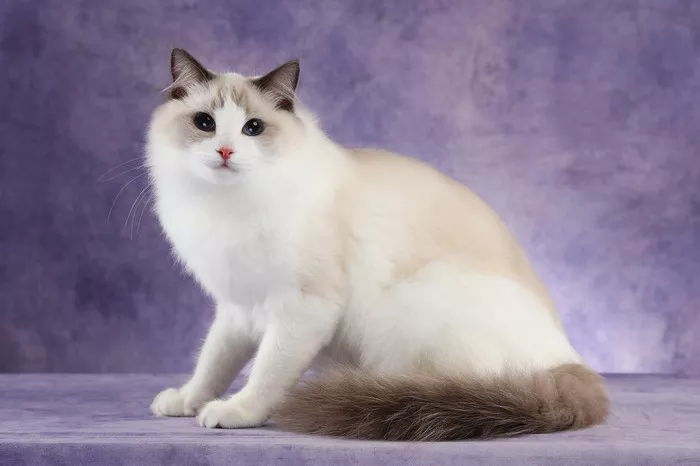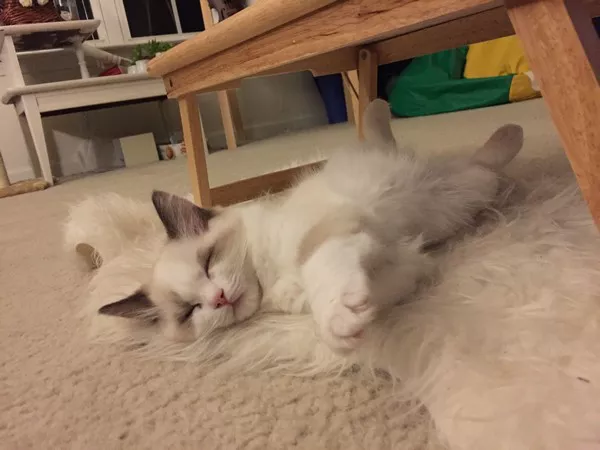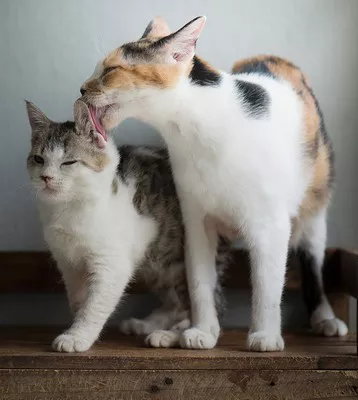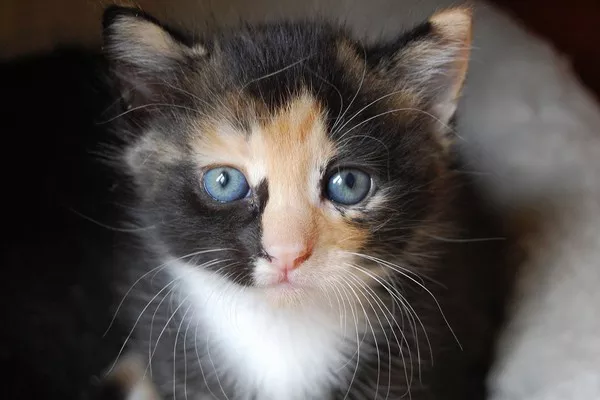Ragdoll kittens are known for their affectionate nature, striking blue eyes, and plush fur, making them a popular choice among cat lovers. Proper nutrition is essential for the health and well-being of Ragdoll kittens as they grow and develop into adulthood. In this comprehensive guide, we explore the best practices for feeding your Ragdoll kitten, including choosing the right food, establishing feeding schedules, and monitoring their nutritional needs.
Understanding Ragdoll Kitten Nutrition
Like all kittens, Ragdolls have specific nutritional requirements to support their growth, development, and overall health. A balanced diet that provides essential nutrients such as protein, fat, carbohydrates, vitamins, and minerals is crucial for supporting their immune system, muscle development, and cognitive function. When selecting food for your Ragdoll kitten, opt for high-quality, commercially available kitten food formulated to meet the nutritional needs of growing kittens.
Choosing the Right Food for Your Ragdoll Kitten
When it comes to selecting food for your Ragdoll kitten, several factors should be taken into consideration, including:
1. Kitten-Specific Formulas: Choose kitten-specific formulas that are specially formulated to meet the unique nutritional needs of growing kittens. These formulas typically contain higher levels of protein and essential nutrients to support growth and development.
2. High-Quality Ingredients: Look for cat food made with high-quality ingredients, such as real meat, poultry, or fish, as the primary sources of protein. Avoid foods that contain fillers, artificial preservatives, and additives that may be detrimental to your kitten’s health.
3. Complete and Balanced Nutrition: Ensure that the cat food you choose provides complete and balanced nutrition for your Ragdoll kitten, as indicated by the Association of American Feed Control Officials (AAFCO) or similar regulatory bodies. Balanced nutrition is essential for supporting your kitten’s overall health and well-being.
4. Wet vs. Dry Food: Consider offering a combination of wet and dry food to your Ragdoll kitten to provide variety and hydration. Wet food can help increase your kitten’s water intake and may be more palatable for some kittens, while dry food can help promote dental health and satisfy their natural urge to chew.
Establishing a Feeding Schedule
Establishing a consistent feeding schedule is essential for maintaining your Ragdoll kitten’s health, promoting proper digestion, and preventing obesity. Follow these guidelines when establishing a feeding schedule for your kitten:
1. Frequency: Feed your Ragdoll kitten multiple small meals throughout the day, rather than one or two large meals. Kittens have small stomachs and fast metabolisms, so they require frequent meals to meet their energy needs.
2. Portion Control: Avoid free-feeding or leaving food out for your kitten to graze on throughout the day. Instead, measure out appropriate portions of food based on your kitten’s age, weight, and nutritional requirements.
3. Consistency: Stick to a consistent feeding schedule, offering meals at the same times each day. Consistency helps regulate your kitten’s appetite and digestive processes, making mealtime more predictable for both you and your kitten.
4. Monitoring Growth: Monitor your Ragdoll kitten’s growth and weight gain regularly to ensure they are receiving adequate nutrition. Consult with your veterinarian if you have any concerns about your kitten’s growth or nutritional needs.
Transitioning to Adult Food
As your Ragdoll kitten grows and matures, their nutritional needs will change, necessitating a transition to adult cat food. Gradually transition your kitten to adult food over the course of several weeks to minimize digestive upset and ensure a smooth transition. Mix small amounts of adult cat food into your kitten’s regular food, gradually increasing the proportion of adult food while decreasing the kitten food until your kitten is exclusively eating adult food.
Special Considerations for Ragdoll Kittens
Ragdoll kittens may have specific dietary needs or considerations that should be taken into account when feeding them:
1. Sensitive Stomachs: Some Ragdoll kittens may have sensitive stomachs or food sensitivities, requiring specialized diets or hypoallergenic formulas. If your kitten experiences digestive upset or food-related allergies, consult with your veterinarian to determine the best course of action.
2. Hairball Prevention: Ragdoll kittens, like all long-haired cats, may be prone to hairballs due to their dense fur. Consider feeding your kitten specialized hairball control formulas or adding supplements to their diet to help prevent hairballs and promote digestive health.
3. Weight Management: Ragdoll kittens have a tendency to gain weight easily, so it’s essential to monitor their calorie intake and maintain a healthy weight. Avoid overfeeding and provide regular exercise and enrichment to help your kitten maintain a healthy body condition.
Conclusion
In conclusion, feeding your Ragdoll kitten a balanced and nutritious diet is essential for supporting their growth, development, and overall health. Choose high-quality kitten-specific formulas that provide complete and balanced nutrition, establish a consistent feeding schedule, and monitor your kitten’s growth and weight gain regularly. By following these guidelines and considerations, you can ensure that your Ragdoll kitten receives the nutrients they need to thrive and enjoy a long, healthy life by your side.

























